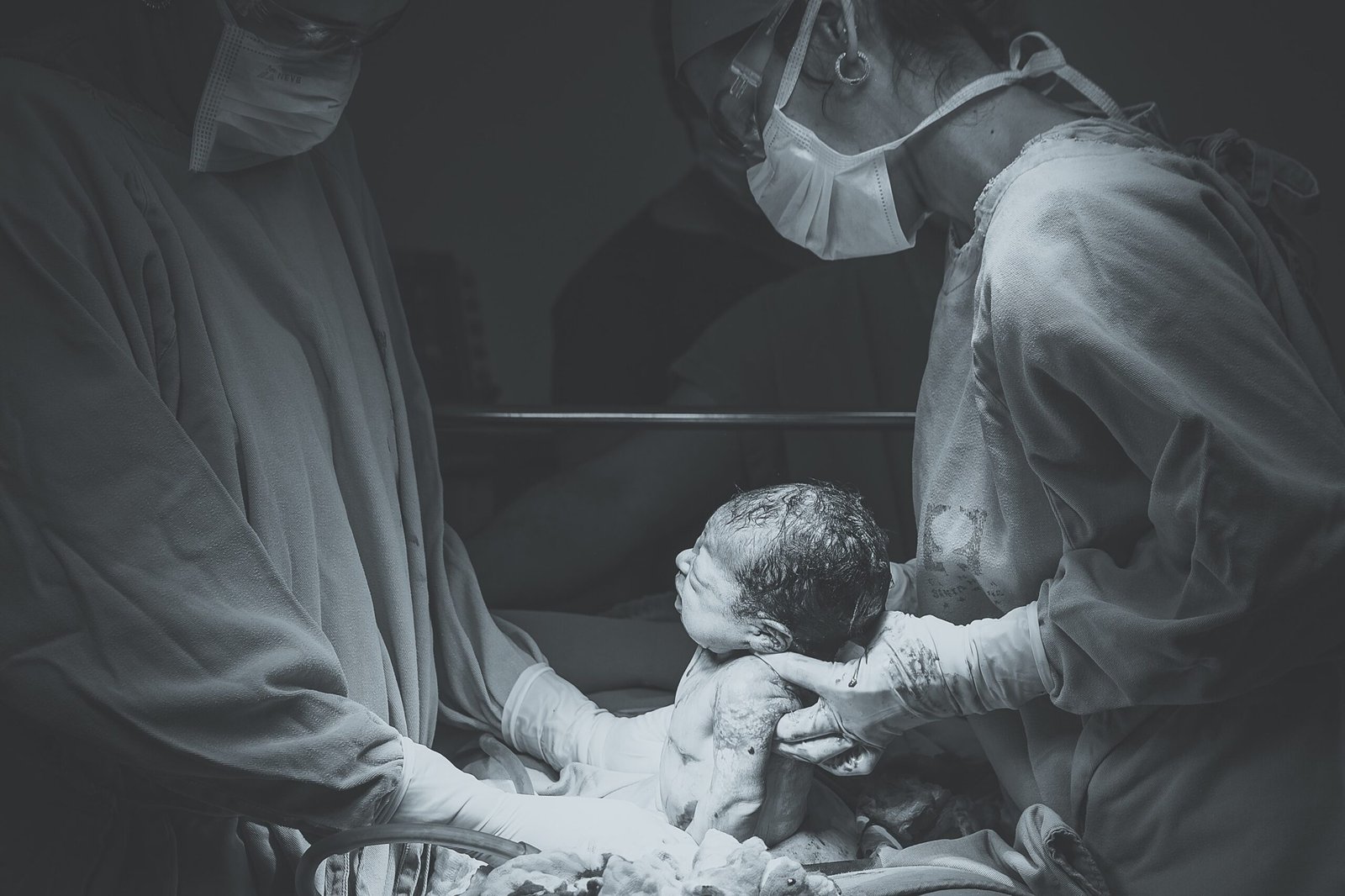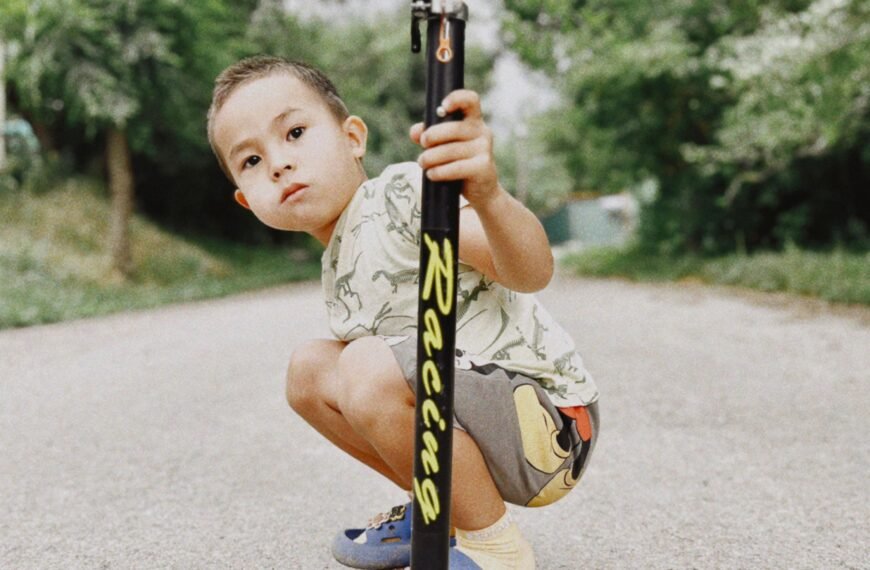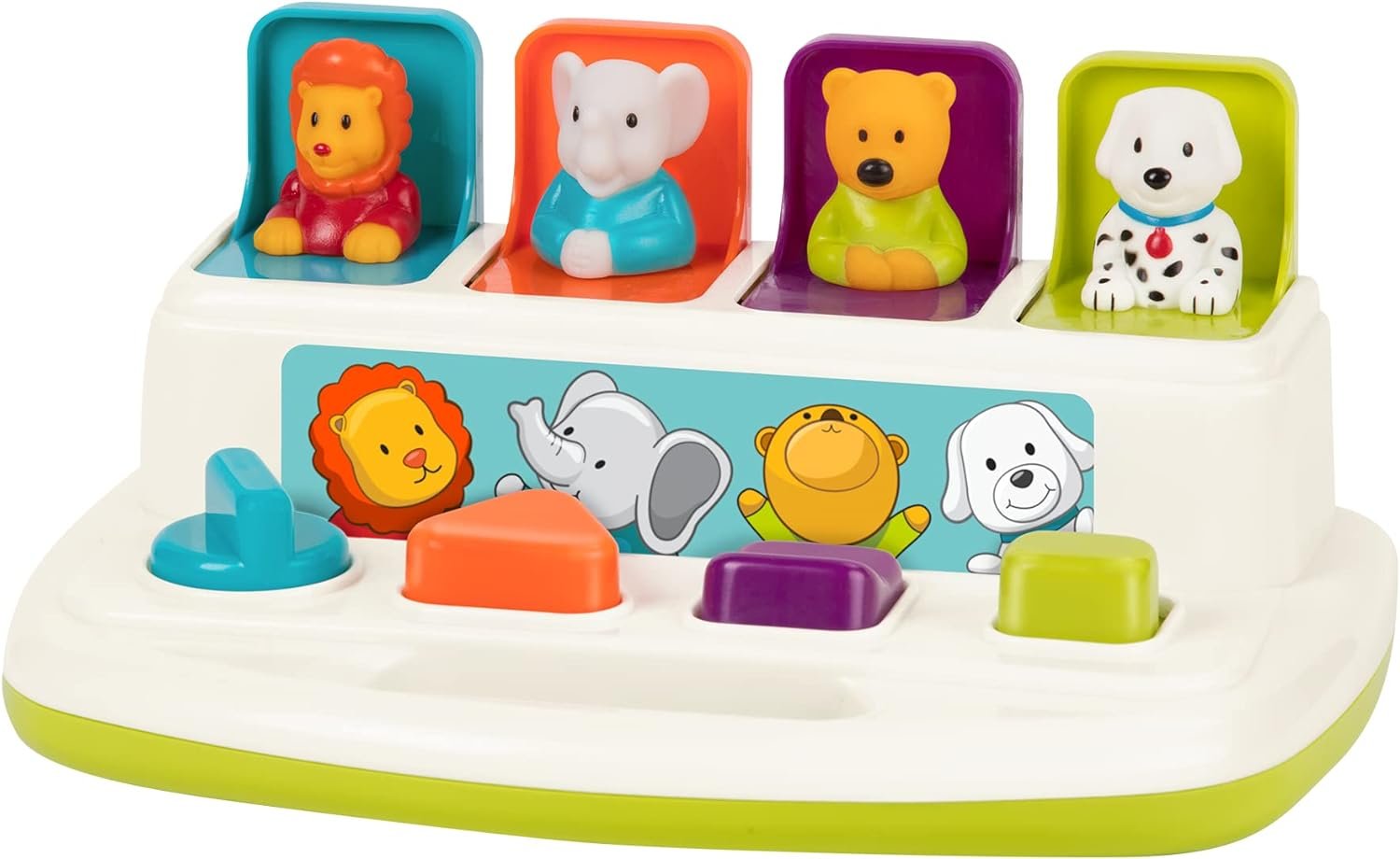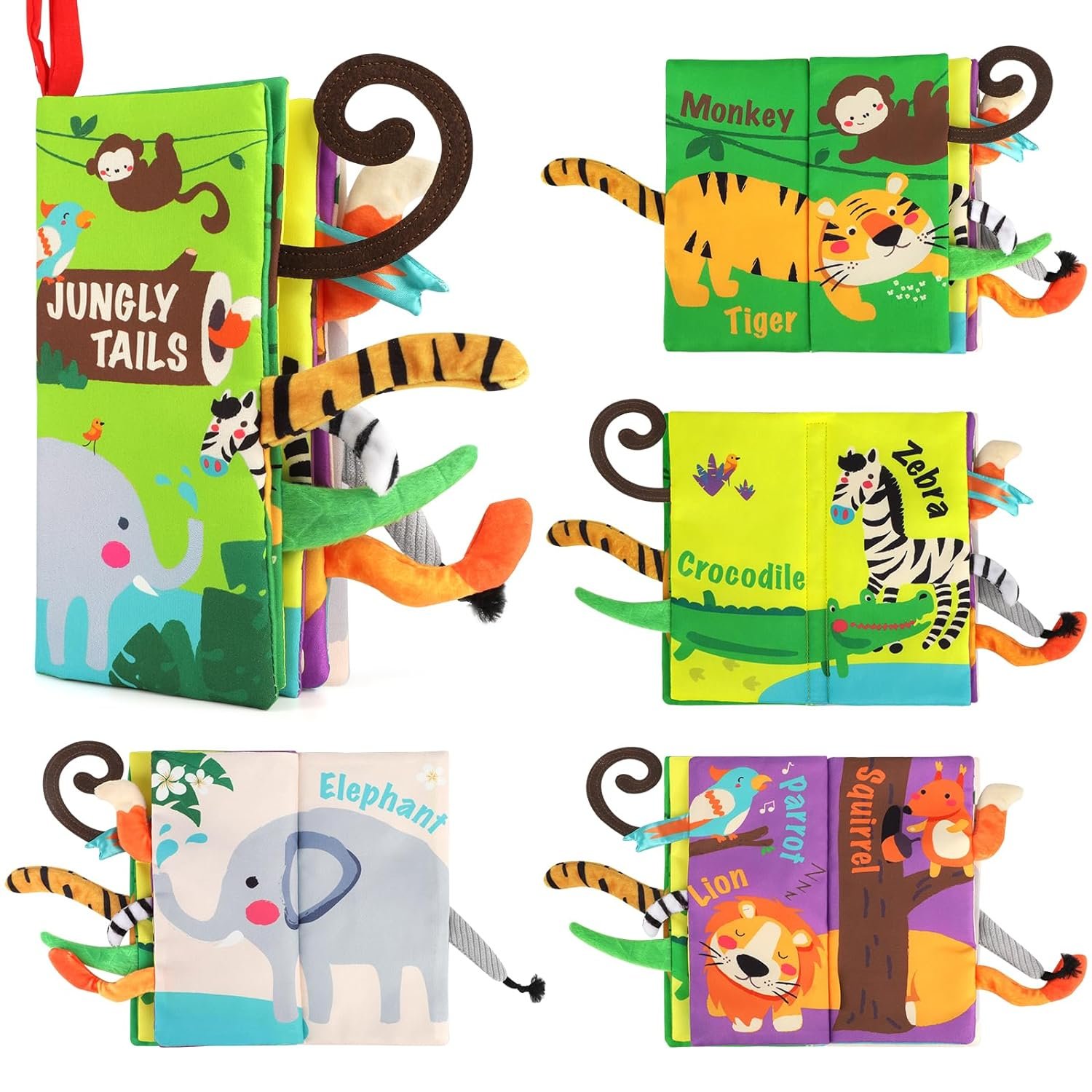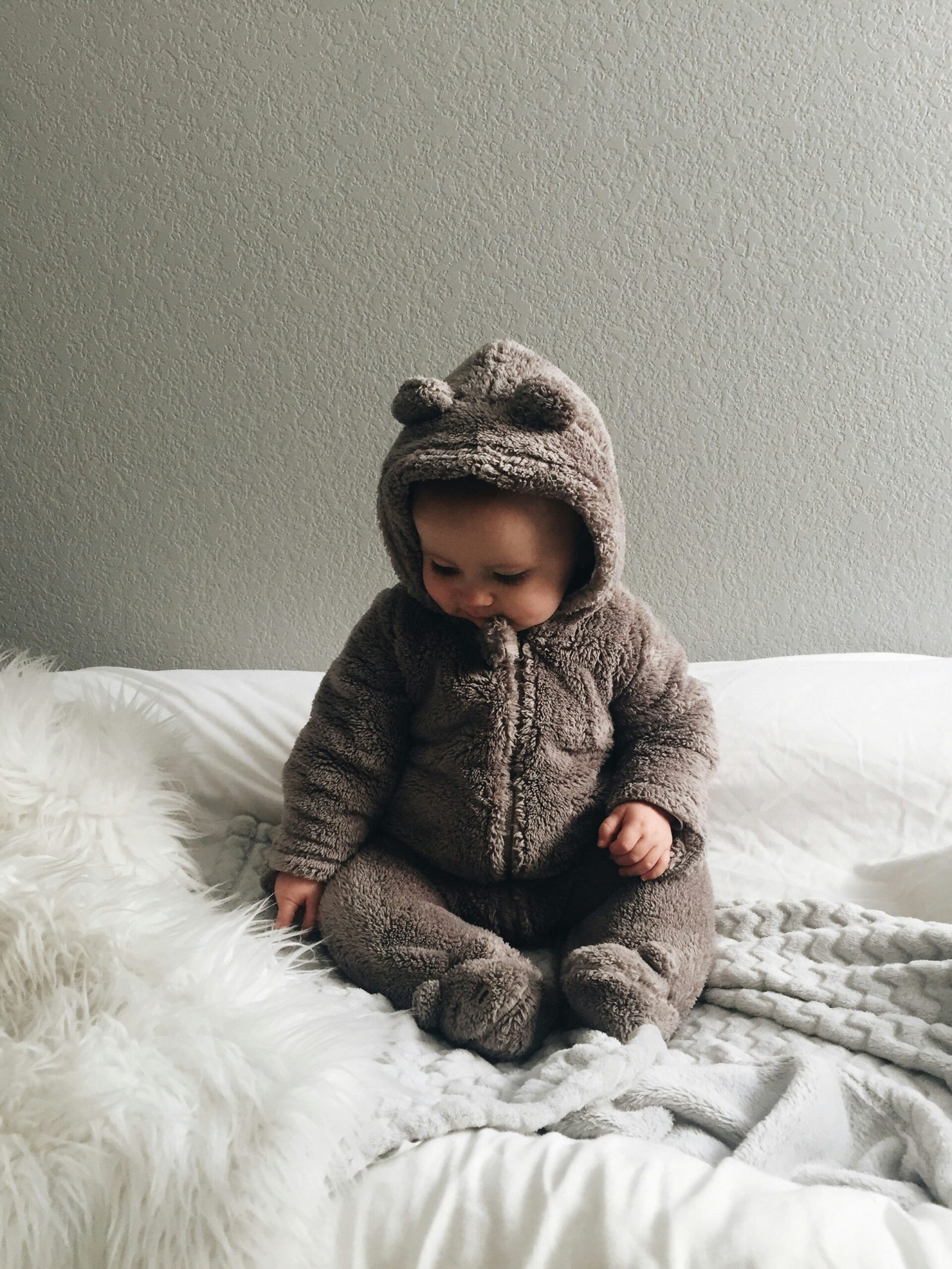Having a baby means constantly being mindful of their safety, especially when it comes to the objects they put in their mouths. As a parent, you may find yourself wondering how to effectively clean those baby toys that inevitably end up in your little one’s mouth. In this article, we will explore simple and practical strategies to ensure that your baby’s toys stay clean and hygienic, keeping their playtime safe and worry-free.
Check Baby Toys Guide & Review
Methods of Cleaning
Cleaning baby toys is an essential part of maintaining a safe and hygienic environment for your little one. There are several methods you can use to clean these toys effectively. Let’s explore each one in detail:
Using Dish Soap
Dish soap is a gentle and versatile cleaning agent that can effectively remove dirt, grime, and bacteria from baby toys. To use dish soap, simply fill a basin or sink with warm water and add a few drops of dish soap. Then, submerge the toys in the soapy water and use a sponge or cloth to scrub them gently. Rinse the toys thoroughly under running water and pat them dry with a clean towel.
Using Vinegar
Vinegar is a natural disinfectant that can eliminate germs and bacteria without the need for harsh chemicals. To use vinegar as a cleaning solution, mix equal parts of white vinegar and water in a spray bottle. Spray this solution onto the toys and wipe them clean with a cloth or sponge. Vinegar is particularly effective against mold and mildew, making it an ideal choice for bath toys.
Using Bleach
Bleach is a powerful disinfectant that can kill a wide range of bacteria and viruses. However, it requires caution and should only be used on toys that can withstand bleach. To clean with bleach, prepare a solution by combining one tablespoon of bleach with one gallon of water. Submerge the toys in this solution for five minutes, then rinse them thoroughly with clean water. It is crucial to ensure that no residue of bleach remains on the toys before giving them back to your baby.
Using Hot Water
Hot water is a simple yet effective method of cleaning baby toys. It can help remove dirt and bacteria, but it may not be as effective against grease or sticky residue. To clean with hot water, fill a basin or sink with hot water and soak the toys for a few minutes. Use a sponge or cloth to scrub away any dirt or grime. Rinse the toys thoroughly under running water and allow them to air dry.
Using an Antibacterial Solution
Antibacterial solutions specifically designed for cleaning baby toys offer an extra layer of protection against germs and bacteria. These solutions are usually available in spray or wipe form, making them convenient to use. Simply spray the solution directly onto the toys or use a wipe to clean the surfaces thoroughly. Follow the instructions on the product’s label for the best results.
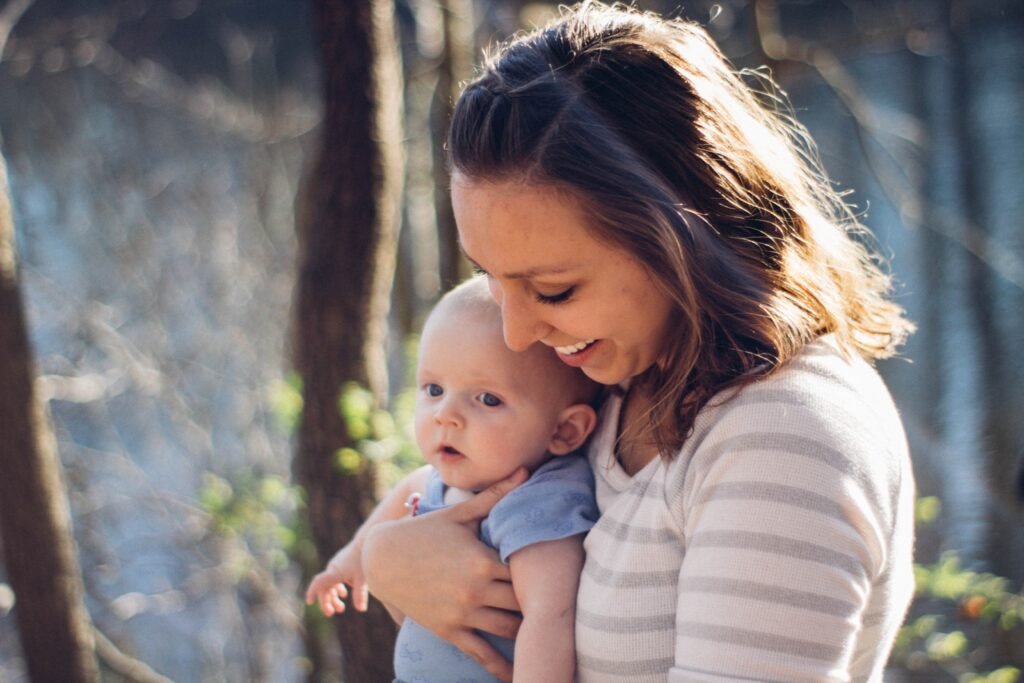
Cleaning Process
Now that we’ve covered the different cleaning methods, let’s discuss the step-by-step process you can follow to clean your baby’s toys effectively:
Gather All Toys
Start by gathering all the toys that need cleaning. It’s best to clean all the toys at once to ensure a thorough and efficient cleaning process.
Separate according to Material
Separate the toys according to their materials. This step is crucial because different materials may require different cleaning methods.
Inspect for Damage
Before cleaning, carefully inspect each toy for any signs of damage, such as cracks, loose parts, or broken pieces. If you find any damaged toys, set them aside and either repair them or discard them if necessary.
Remove Batteries and Electronic Components
For toys that contain batteries or electronic components, remove these before cleaning. This prevents any damage to the sensitive parts and allows for a more effective cleaning process.
Wash with Soap and Water
For most toys, washing with soap and water is sufficient to remove dirt and bacteria. Use a basin or sink filled with warm water and a few drops of dish soap. Submerge the toys in the soapy water and gently scrub them with a sponge or cloth. Pay extra attention to any crevices or hard-to-reach areas where dirt may accumulate.
Disinfect with Chosen Method
After washing, it’s time to disinfect the toys using the method of your choice. Follow the instructions provided in the previous section, whether it’s using vinegar, bleach, hot water, or an antibacterial solution. Make sure to apply the chosen method evenly across all surfaces of the toys.
Rinse Thoroughly
Once the disinfection process is complete, rinse the toys thoroughly under running water. This step is vital to remove any residue from the cleaning solution and ensure the toys are safe for your baby to play with.
Air Dry or Towel Dry
After rinsing, allow the toys to air dry completely. Placing them in a well-ventilated area will help speed up the drying process. Alternatively, you can also towel dry the toys with a clean cloth to prevent any water spots.
Store Properly
Once the toys are fully dry, it’s important to store them properly. Avoid keeping them in damp or dusty areas, as this can encourage the growth of mold or attract dirt. Consider using storage bins or toy organizers to keep the toys organized and dust-free.

Specific Toy Materials
Different toy materials require specific cleaning methods to ensure their longevity and safety. Let’s explore how to clean toys made from various materials:
Plastic Toys
Plastic toys are generally easy to clean and disinfect. Follow the general cleaning process using soap and water, and then rinse and disinfect the toys accordingly. Avoid using high temperatures or harsh chemicals that can damage the plastic.
Rubber Toys
Rubber toys, such as teething rings and bath toys, can become breeding grounds for mold and mildew. Clean them thoroughly with hot soapy water, ensuring you reach all the nooks and crannies. Rinse and disinfect using vinegar or an antibacterial solution to prevent the growth of mold.
Wooden Toys
Wooden toys require a bit more care during the cleaning process to prevent damage. Avoid submerging them in water or using excessive moisture. Instead, wipe them clean with a damp cloth and mild soap. Rinse the cloth and wipe away any soap residue. Apply a natural wood conditioner or oil periodically to keep the wood in good condition.
Fabric Toys
Fabric toys, such as stuffed animals or cloth books, can be a bit trickier to clean. Check the care label for specific washing instructions. Machine washable fabric toys can be cleaned on a gentle cycle using mild detergent. For non-machine washable fabric toys, spot clean with a cloth or sponge dipped in soapy water. Rinse and air dry thoroughly.
Metal Toys
Metal toys, such as cars or action figures, can be cleaned similarly to plastic toys. Use soap and water to remove dirt and grime, then rinse and disinfect as needed. Some metal toys may have painted surfaces, so take care not to scrub too vigorously to avoid scratching or chipping the paint.

Additional Tips
Here are some additional tips to help you clean specific types of baby toys:
Cleaning Teething Rings
Teething rings should be cleaned regularly due to their direct contact with your baby’s mouth. Soak them in a mixture of equal parts water and white vinegar for a few minutes, then rinse and air dry thoroughly.
Cleaning Bath Toys
Bath toys, especially those with holes, can accumulate mold and mildew inside. After each bath, squeeze out any excess water from the toys and allow them to air dry completely. Periodically clean them with hot soapy water and vinegar to eliminate any mold or bacteria.
Cleaning Electronic Toys
Electronic toys should be handled with care during the cleaning process to prevent damage. Remove any batteries or power sources before cleaning. Wipe the surfaces gently with a damp cloth or disinfectant wipe, avoiding any openings or exposed electronic components. Allow the toy to dry completely before reassembling and using it again.
Cleaning Stuffed Animals
Stuffed animals can be tricky to clean, especially if they are delicate or have electronic components. Check the care label for specific instructions. Most machine washable stuffed animals can be cleaned on a gentle cycle using mild detergent. For non-machine washable plush toys, spot clean with a cloth or sponge dipped in soapy water. Allow them to air dry fully and fluff them up afterwards.
Cleaning Pacifiers and Teethers
Pacifiers and teethers are items that frequently go into your baby’s mouth. It’s essential to clean them regularly. Follow the manufacturer’s instructions for cleaning, usually involving boiling or using a dishwasher. You can also clean them using a mixture of hot, soapy water and vinegar, thoroughly rinsing them afterwards.
Using Toy Cleaning Wipes
Toy cleaning wipes are a convenient option for quick cleaning on the go. These wipes are saturated with a non-toxic cleaning solution that is safe for babies. Simply wipe down the toys, paying attention to any dirty or sticky areas. Make sure to follow the instructions on the package and properly dispose of the used wipes.
Avoiding Harsh Chemicals
When cleaning baby toys, it is important to avoid harsh chemicals that may be harmful to your little one. Stick to mild and baby-safe cleaning solutions, such as dish soap, vinegar, or designated toy cleaning products. Always read labels and follow instructions carefully to ensure the safety of your baby.
Cleaning Frequency
The frequency of cleaning baby toys depends on how often they are used and how much they come into contact with your baby’s mouth or other potentially dirty surfaces. As a general rule, it is recommended to clean toys that go in your baby’s mouth at least once a week. Other toys can be cleaned on a monthly basis or whenever they become visibly dirty.
By following these methods and tips for cleaning baby toys, you can ensure a clean and safe environment for your little one to play and explore. Regular cleaning and proper maintenance will not only promote good hygiene but also help extend the lifespan of baby toys, allowing your child to enjoy them for a long time.

